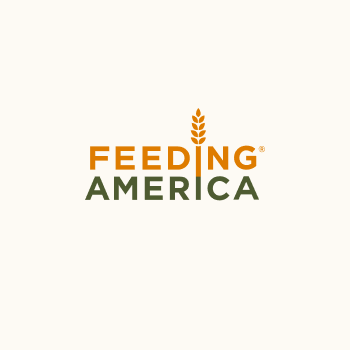Why more people are getting help from food banks during the pandemic
The coronavirus pandemic changed so much in our lives, from where we work to how we buy our groceries. For hardworking families across America, the economic impact of the pandemic means long-term financial hardship.
Since the pandemic was declared, tens of millions of our neighbors lost jobs or saw a decline in their work hours. That means millions of more families face the difficult decision of paying rent or buying groceries for as long as it takes our economy to recover. This has led to an estimated 13.1 million non-elderly adults seeking free meals or free groceries for the first time.
Here’s what you need to know about why the pandemic has led more people to seek help from food banks:
- The pandemic forced businesses and workers to make tough decisions: To prevent the spread of coronavirus, many businesses were forced to close or lay off employees. This is especially true for people employed in restaurants, hotels, other service industries, and small businesses.
People working in these industries who stayed employed often face the difficult choice between keeping their paychecks and protecting their health. Many people face reduced hours and paychecks when their employers reopen. All these changes impact people’s ability to provide for their families now and plan for the future.
LEARN MORE: Meet Bailey, Lewis, and Edgar who are just some of the millions of people out of work during the pandemic.
- Low-wage workers are more impacted by the pandemic: Many people rely on low-wage work as their primary way to support themselves and their families. Hunger impacts these families more often because a lower income makes it more difficult to cover all your expenses. Low-wage work also doesn’t come with the same job security or benefits as other kinds of work. In 2019, an estimated 53 million people qualified as low-wage workers because they earned $10.22 per hour or less.
About half of low-wage workers report a job loss or reduced wages during the pandemic. Many workers who lost wages are still earning less than before the pandemic started.
LEARN MORE: Despite working, many families report challenges with keeping food on the table and affording life’s essentials.
- Changes to schools mean changes for working parents: Remote learning and school closures present more challenges to families who are already having hardships. Many working parents need to arrange costly childcare or balance working remotely and providing childcare. People who can’t perform their jobs remotely may decide to temporarily leave their jobs to care for their children. Additionally, families who used the school breakfast and lunch program for free or reduced meals may now need to make up those meals.
LEARN MORE: Food banks and schools are working together to feed kids during the pandemic.
- Getting back on your feet may take a while: We would love for the number of families needing help from food banks to decline as our economy recovers. However, changes to the number of people facing hunger tend to lag years behind economic improvements. Following the Great Recession, food insecurity rates did not return to 2008 levels until 2018. This is especially true for Black communities and communities of color who face higher rates of unemployment, poverty, and food insecurity.
While we’ve seen small improvements to the economy, millions of people continue to be unemployed. Many families dealing with job loss or pay cuts may use money from their savings or retirement accounts to pay their bills - leaving them with an even less secure financial future.
How can you help families needing support? While things may feel bleak, there are actions we can take today for a more hopeful future. Here are five things you can do to make a difference for our neighbors facing hard times:
- Become a monthly donor: Monthly donations are the best way to be there for families as they recover.
- Support your local food bank: Follow your local food bank on social media to find out more about how you can help.
- Advocate for federal nutrition programs: Federal hunger-relief programs like SNAP and Pandemic EBT provide temporary support to families while improving our economy.
- Pledge to vote to feed America: Your vote this November can help decide the future of federal nutrition programs.













